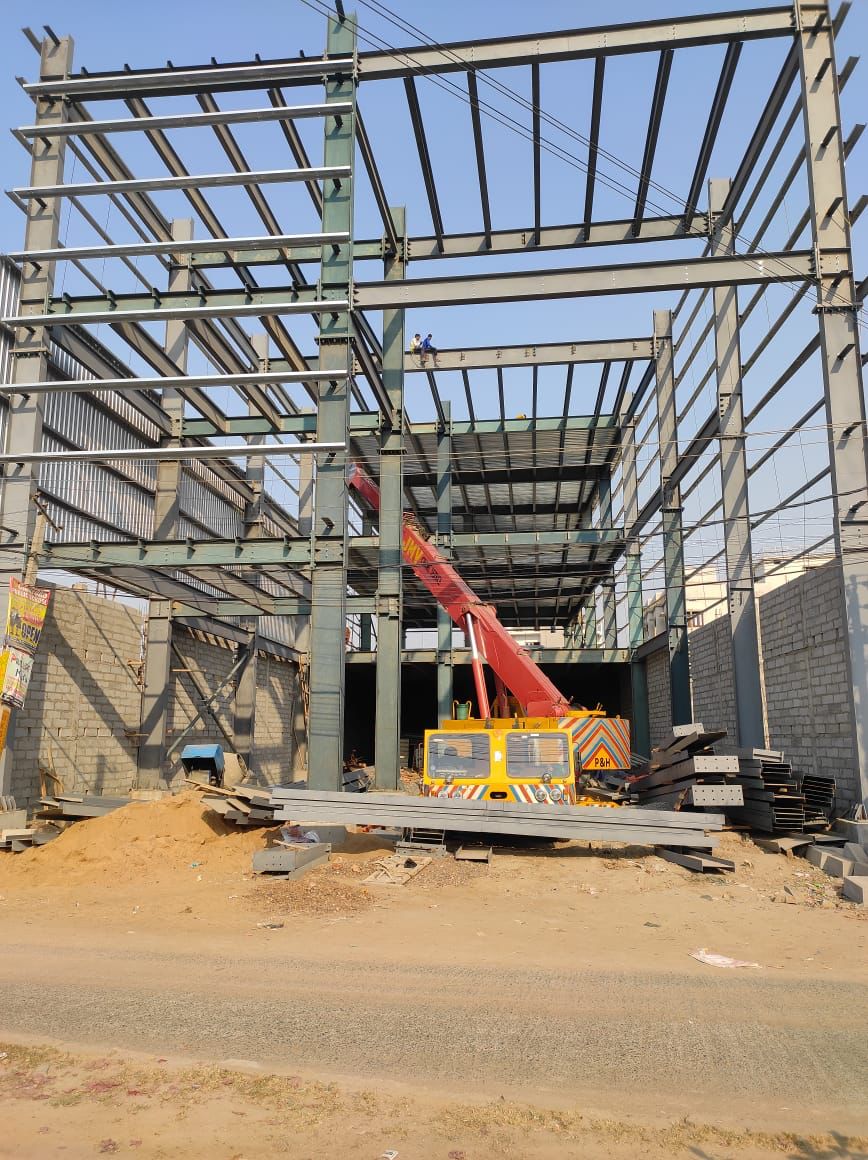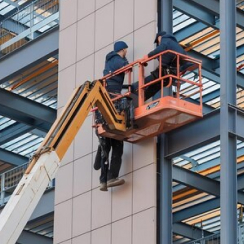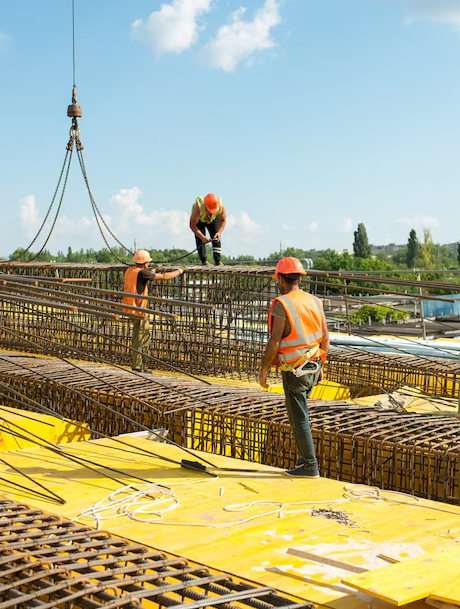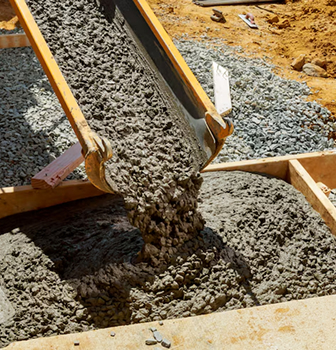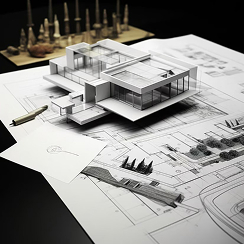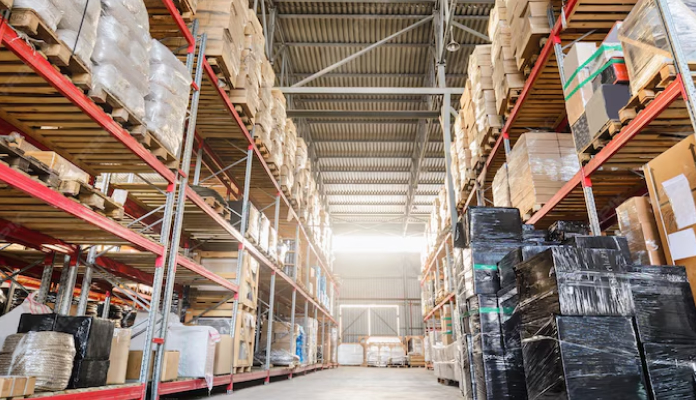INDUSTRIAL BUILDINGS
A prefabricated industrial building (also called a pre-engineered building or PEB) is a structure that is manufactured off-site in standardized components and then transported to the construction site for quick assembly. These buildings are widely used in industrial applications due to their speed of construction, cost-effectiveness, and design flexibility.

ADVANTAGES OF PREFAB INDUSTRIAL BUILDINGS
01
Speed of Construction
- Components are manufactured off-site and assembled quickly on-site.
- Construction timelines are reduced by 30–60%compared to traditional buildings.
- Ideal for projects with tight deadlines (e.g., warehousing for seasonal demand, rapid factory setups).
02
Cost Efficiency
- Lower labor costs due to faster construction and reduced on-site work.
- Minimal material wastage due to factory-controlled precision.
- Standardized components reduce design and engineering costs.
03
Design Flexibility
- Easily customizable for span, height, load, and utility requirements.
- Future expansion is simple – additional bays or sections can be added.
- Accommodates wide clear spans (up to 60 meters) ideal for warehouses and production floors.
04
Quality Control
- Fabricated in a controlled factory environment, ensuring high-quality materials and consistent workmanship.
- Less prone to errors and rework compared to on-site construction.
05
Durability and Strength
- Steel structures are designed to withstand heavy loads, high winds, and seismic activity.
- Resistant to pests, rot, and mold unlike wooden or RCC structures.
06
Low Maintenance
- Steel frames and metal panels require minimal maintenance.
- Coated materials resist corrosion, fading, and wear over time.
07
Environmentally Friendly
- Reduced site disturbance and lower waste generation.
- Recyclable steel components and energy-efficient insulation options.
- Lower carbon footprint during construction.
08
Portability and Modularity
- Modular units can be dismantled, relocated, or repurposed.
- Ideal for temporary industrial setups, construction sites, or project-based factories.
09
Regulatory Compliance
- PEB structures are designed as per local building codes (e.g., IS 800 in India).
- Easier to get approvals when using standard engineering practices and materials.
10
Enhanced Safety
- Controlled assembly process reduces on-site hazards.
- Fire-rated panels and safe electrical integration enhance long-term safety.
Our Expertise also include erection of Steel Girders and structures.
01
Add-On Structures
- Mezzanine floors (extra storage or office space).
- Canopies, extensions, multi-span buildings.
- PEB solutions (for high-rise/ composite).
02
Specialised Buildings
- Multi-storey PEB buildings for offices, data centers, specialised hospitals.
- Cold storage & temperature-controlled warehouses
- Disaster relief
- Emergency shelters

